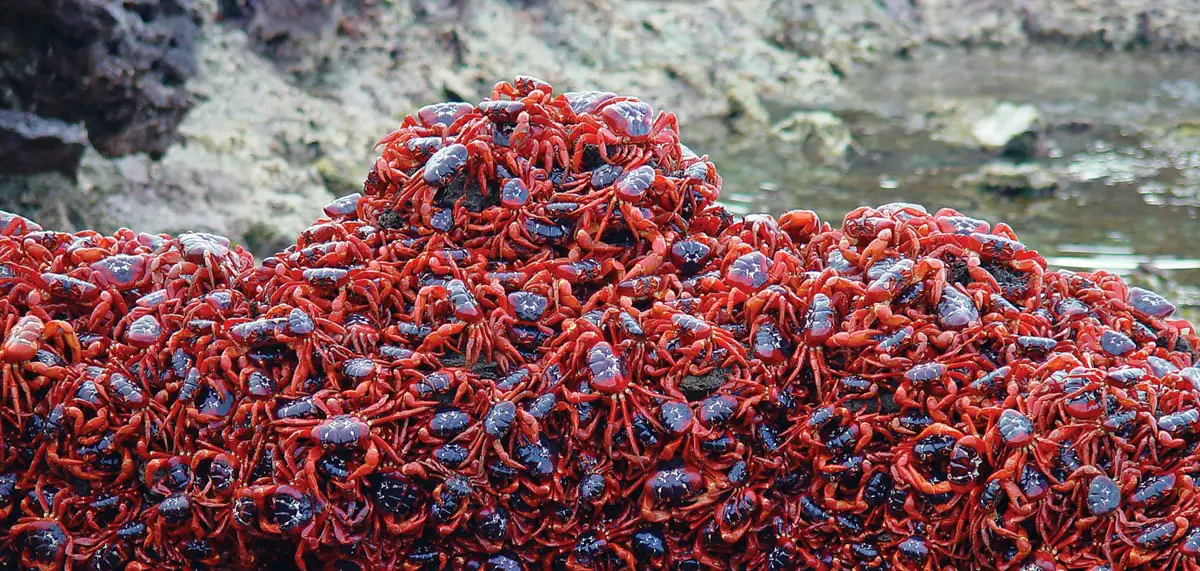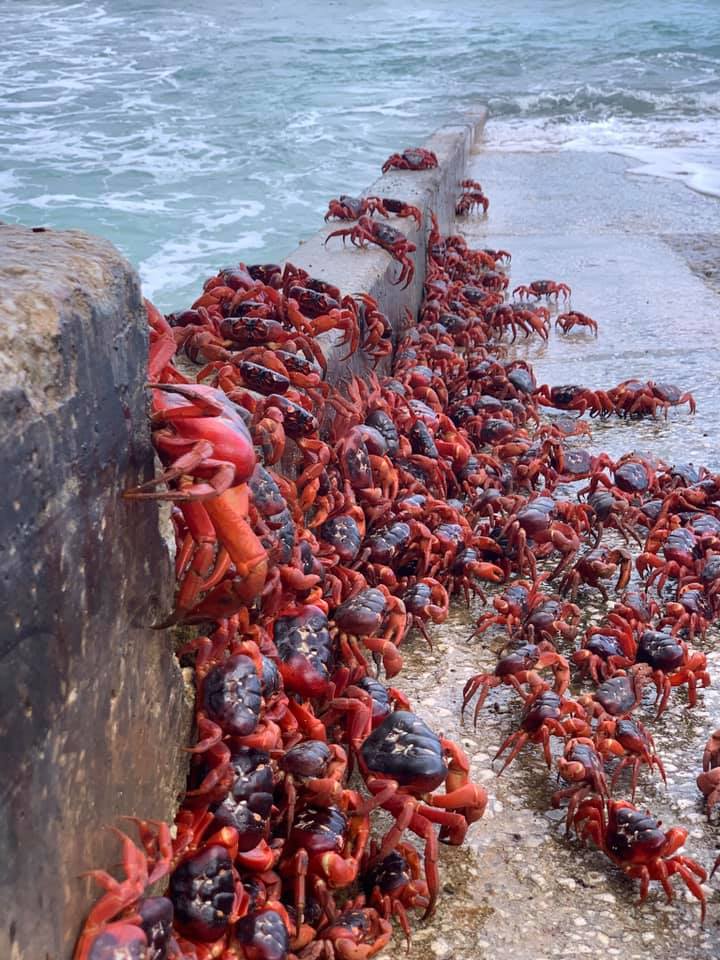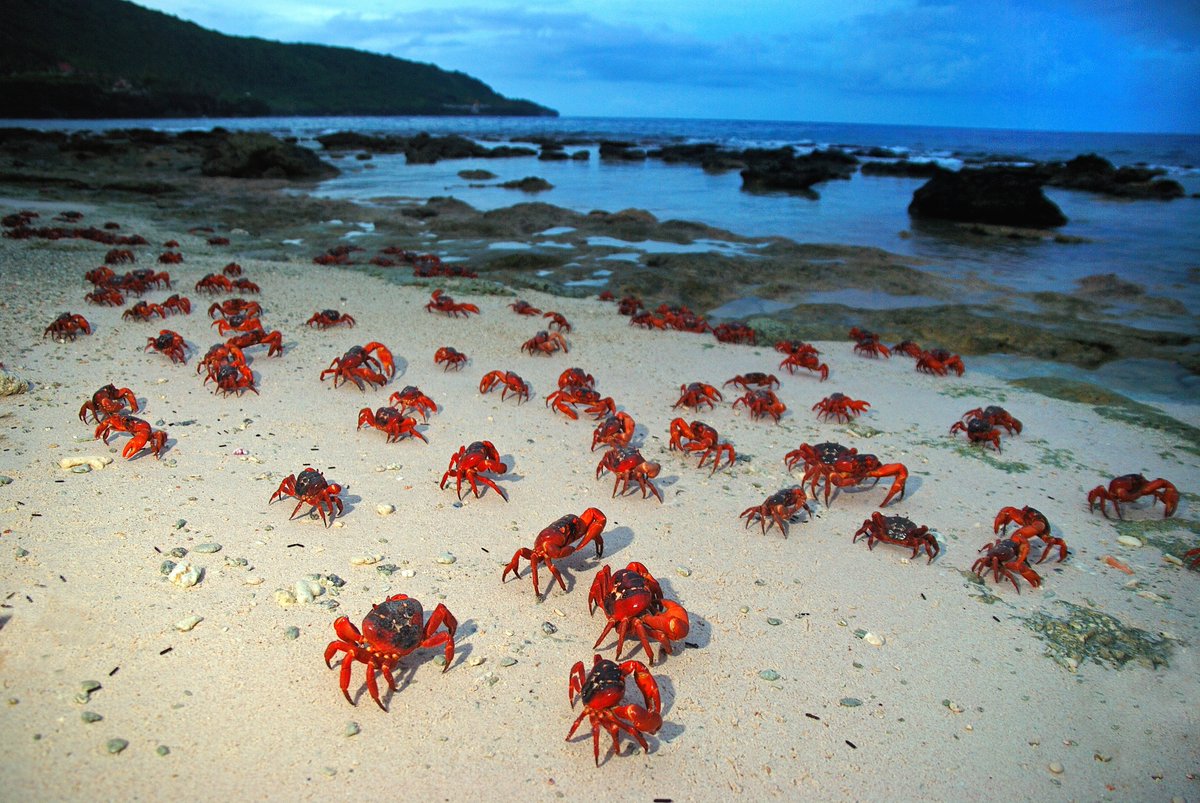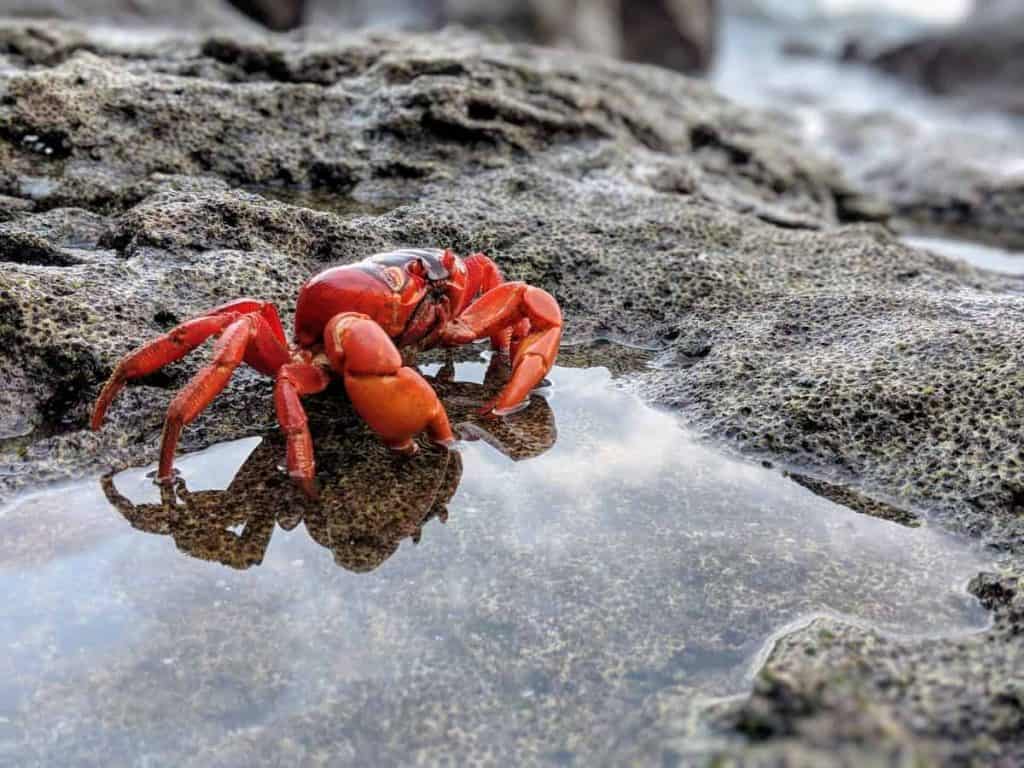Christmas Island Red Crab Migration 2024: A Natural Spectacle Unfolding in Harmony
Related Articles: Christmas Island Red Crab Migration 2024: A Natural Spectacle Unfolding in Harmony
- Christmas Island Red Crab Coffee Mug: A Unique Souvenir From The Land Of The Red Crabs
- Christmas Images Email 2024: A Comprehensive Guide To Captivating Your Audience
- Christmas Images Religious Free 2024
- Christmas Images To Paint 2024: A Guide To Festive Inspiration
- Christmas Images Letter 2024: A Festive Collection Of Yuletide Delights
Introduction
In this auspicious occasion, we are delighted to delve into the intriguing topic related to Christmas Island Red Crab Migration 2024: A Natural Spectacle Unfolding in Harmony. Let’s weave interesting information and offer fresh perspectives to the readers.
Table of Content
Video about Christmas Island Red Crab Migration 2024: A Natural Spectacle Unfolding in Harmony
Christmas Island Red Crab Migration 2024: A Natural Spectacle Unfolding in Harmony

Introduction
The Christmas Island Red Crab migration is a mesmerizing natural phenomenon that occurs annually on the remote Christmas Island, located in the Indian Ocean. During this extraordinary event, millions of vibrant red crabs embark on a synchronized journey from the island’s lush forests to the coastline, where they release their eggs into the ocean. The spectacle, which typically takes place in November or December, attracts nature enthusiasts and wildlife photographers from around the globe.
The Life Cycle of the Christmas Island Red Crab
The Christmas Island Red Crab (Gecarcoidea natalis) is a terrestrial crab species endemic to Christmas Island. These crabs spend most of their lives in the island’s rainforests, feeding on fallen leaves and fruits. During the dry season, which usually occurs from May to October, the crabs retreat into burrows to conserve moisture.
The Migration Trigger
The onset of the rainy season, typically around November, triggers the crabs’ mass migration. As the forest floor becomes saturated with water, the crabs emerge from their burrows and begin their arduous journey to the coast. The migration is believed to be synchronized by a combination of factors, including rainfall, lunar cycles, and pheromone signals.
The Journey to the Coast
The crabs travel in vast, dense armies, covering the roads and forest trails in a carpet of red. They navigate by following the scent of the ocean, which is carried by the wind. The migration can take several days or even weeks, depending on the distance to the coast.
Along the way, the crabs face various obstacles, such as predators, traffic, and human activities. However, they exhibit remarkable resilience and determination, often forming bridges over obstacles or tunneling underneath them. The sight of millions of crabs crossing a road or bridge is a truly awe-inspiring experience.
The Release of Eggs
Upon reaching the coast, the female crabs release their eggs into the ocean. The eggs are fertilized by males in the water, and the larvae develop into planktonic forms. After several weeks, the larvae drift back to the island and settle on the coastline, where they eventually metamorphose into juvenile crabs and begin their own journey into the rainforest.
Ecological Importance
The Christmas Island Red Crab migration plays a vital role in the island’s ecosystem. The crabs disperse nutrients from the forest to the coast, contributing to the productivity of marine ecosystems. They also provide a food source for other animals, such as birds, reptiles, and fish.
Conservation Efforts
The Christmas Island Red Crab migration is a unique and fragile phenomenon that requires conservation efforts. Human activities, such as habitat destruction, pollution, and introduced species, pose threats to the crabs’ survival.
To protect the migration, the Australian government has established Christmas Island National Park, which covers approximately two-thirds of the island. The park provides a safe haven for the crabs and their habitat. Additionally, strict regulations are in place to minimize human interference during the migration period.
Witnessing the Migration
The Christmas Island Red Crab migration is a truly extraordinary spectacle that should be on every nature lover’s bucket list. Visitors can witness the migration from November to December by visiting Christmas Island National Park.
To ensure a safe and enjoyable experience, it is important to follow park regulations and respect the crabs’ natural behavior. Visitors should avoid handling the crabs, blocking their path, or driving through large concentrations of them.
Conclusion
The Christmas Island Red Crab migration is a testament to the wonders and resilience of the natural world. It is a captivating display of synchronized behavior, ecological importance, and the delicate balance between humans and wildlife. By protecting this unique phenomenon, we not only preserve a natural spectacle but also ensure the health of the entire ecosystem.








Closure
Thus, we hope this article has provided valuable insights into Christmas Island Red Crab Migration 2024: A Natural Spectacle Unfolding in Harmony. We hope you find this article informative and beneficial. See you in our next article!
